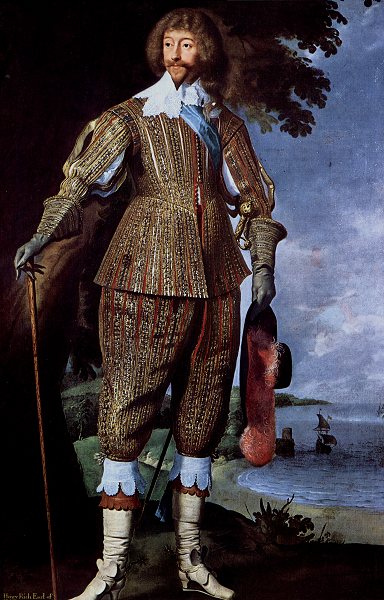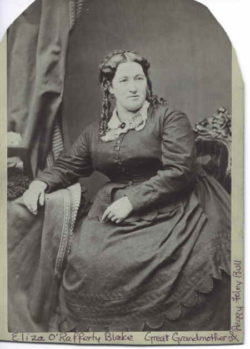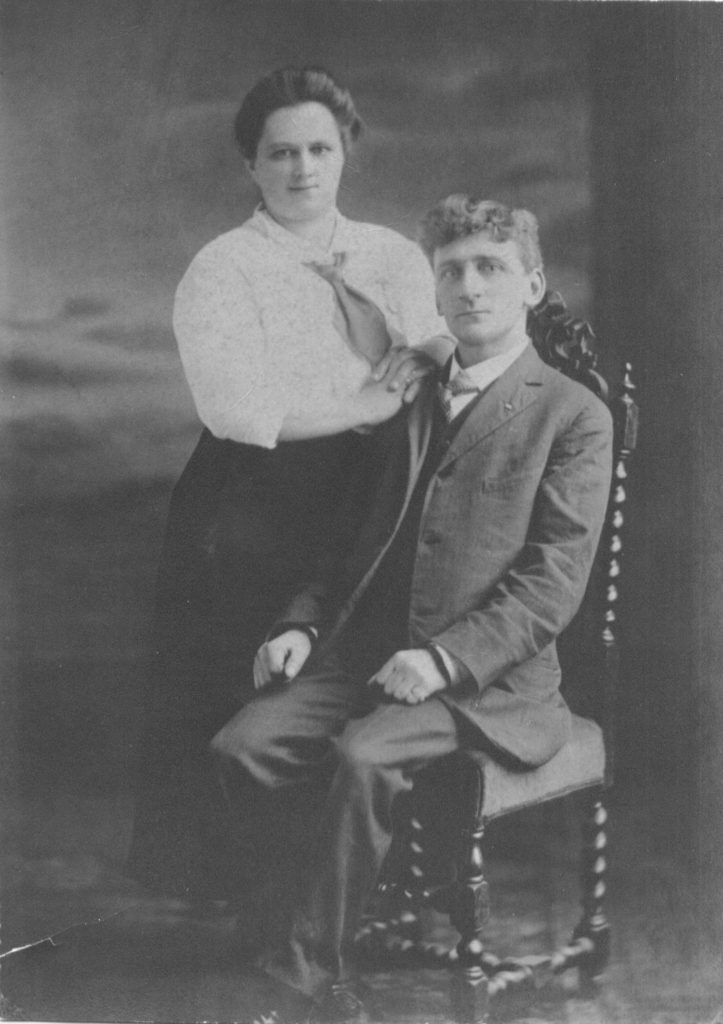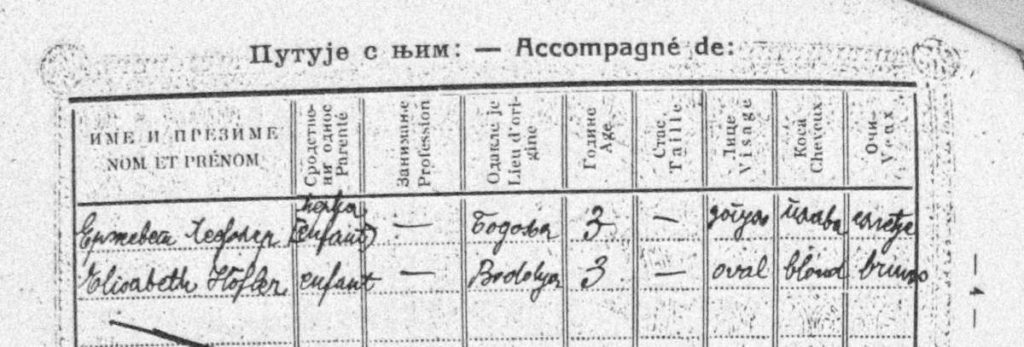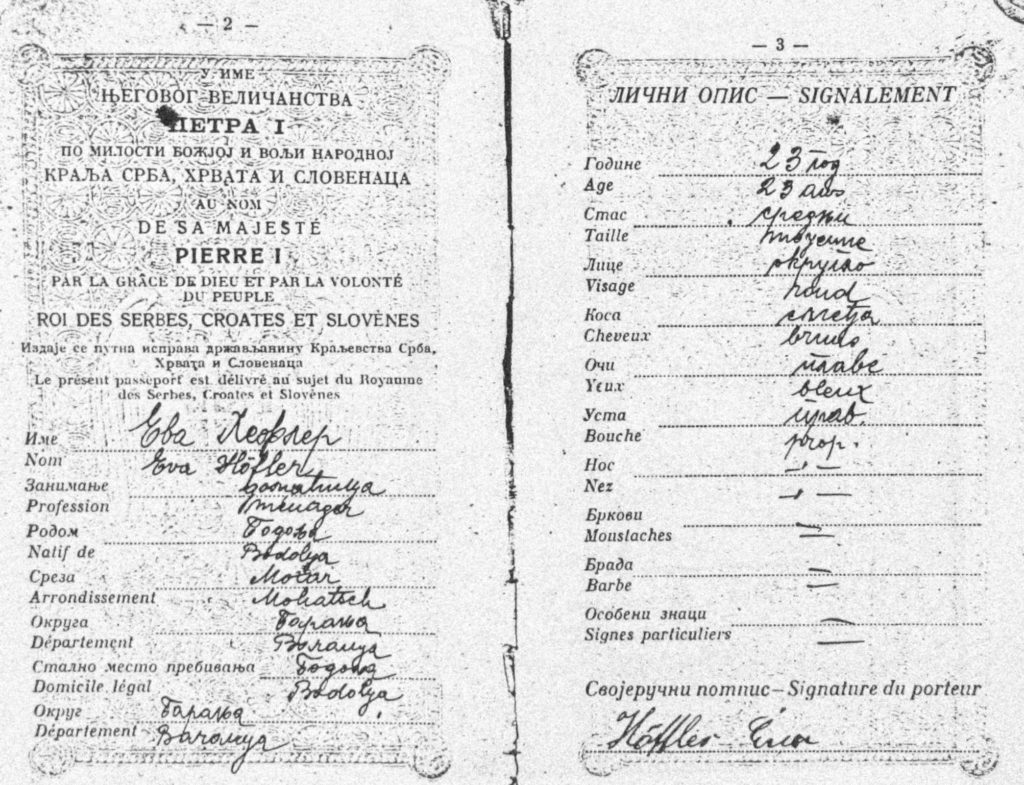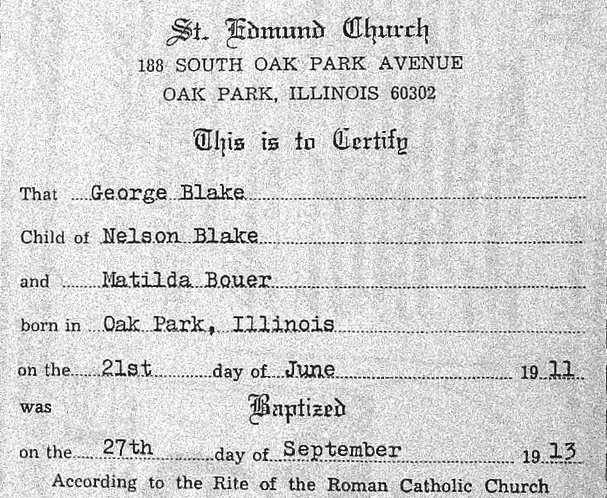My last post talked about Mary Boleyn and her daughter Catherine who may have been the product of an affair with King Henry VIII. She may also have been the daughter of Mary’s husband, Sir William Carey. Because of the uncertainty, I will focus on the ancestors of Mary Boleyn.
Sixteen generations before Mary came Henry Beauclerc. Henry, the fourth son of William the Conqueror (1028-1087), was born around the year 1028. When William died in 1087, William’s eldest son, Robert inherited Normandy and William’s third son, William, inherited England. The second eldest son, Richard, Died in 1075. Henry was left without land but he did receive £5000, which I am sure was a lot of money back then.
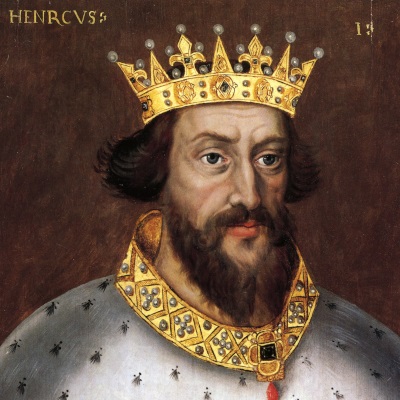
William died in a hunting accident in 1100. Henry was with him at the time and some suspect it may not have been an accident. Henry moved quickly to seize the English throne while Robert was away on a Crusade. He tried to gain favor by promising at his coronation to correct many of William’s less popular policies. He also married Matilda, the daughter of Malcolm III, King of the Scotts, three months after his inauguration. This, no doubt, bolstered his support from the north.
Henry had as many as 24 illegitimate children in his lifetime, 9 boys and 15 girls, many born before his marriage with Matilda. His firstborn son, Robert FitzRoy, my direct ancestor, was born about 1090. Henry and Mitilda had two children, Matilda, born in 1102, and William Adelin, born the following year.
By July of 1101, Robert had formed an army and was ready to take England from Henry by force. Robert landed at Portsmouth on July 20 with a few hundred men that were quickly joined by many of the English barons. Their armies met at Alton where peace negotiations produced the Treaty of Alton. Under the treaty, Robert recognized Henry as king while Henry renounced his claims on most of western Normandy and agreed to pay Robert £2,000 a year for life.
During the next couple of years Henry gained influence with many of the Norman barons and eventually invaded Normandy in 1105. By late 1106, Henry had conquered Normandy and taken Robert prisoner. He remained Henry’s prisoner for 28 years until his death in 1134.
The king’s only legitimate male heir, William Adelin, died when the ship he was on, The White Ship, struck a rock in the English Channel and sunk in 1120. The accident happened because William supplied the crew with plenty of wine and they were probably drunk at the time.
Henry wanted his daughter, Matilda, to succeed him but after his death in 1135 there was great resistance to her rule. Stephen of Blois, a grandson of William The Conqueror, took the crown. Henry’s oldest son, Robert FitzRoy, was not eligible because of his illegitimacy.
Matilda contested the crown going to Stephen and years of civil war, known as “the Anarchy,” followed. A compromise was reached in 1153 called the Treaty of Wallingford. Its terms stated that Stephen was to retain the crown for the remainder of his lifetime. It would then revert to Matilda’s son, Henry, who would become King Henry II, the first of the Plantagenet’s dynasty.
While double checking the accuracy of my connection with Henry Beauclerc, I followed his line down a different path and was surprised at what I found. It turns out that Sir William Carey is a direct descendent of King Henry I



